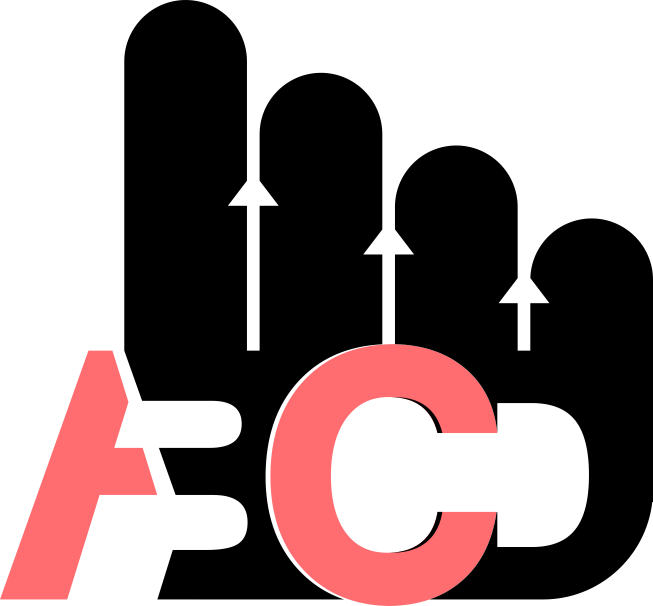Comparison of Outcomes between Marsupialization and Lay-Open Techniques in the Management of Pilonidal Sinus
DOI:
https://doi.org/10.56056/amj.2024.300Keywords:
Comparative study, Pilonidal sinus, Postoperative managementAbstract
Background and objectives: Different surgical strategies emerged for pilonidal disease, but no ideal one. Thus, this study aimed to compare the outcomes of marsupialization vs laying open techniques in the management of pilonidal sinus.
Methods: This case series study was conducted on 200 consecutive patients with chronic pilonidal sinus who has operated either with excision and marsupialization technique (Group 1, no.=100) or excision and lay-open technique (Group 2, no.=100) in different hospitals at Sulaimaniyah city, Iraq, from January 2012 to January 2022. The patients' socio-demographics, perioperative data, complications and recurrences were collected using a special questionnaire prepared for this study. Also, the patient’s data was evaluated after surgery regarding postoperative pain, satisfaction, healing and dressing time, incapacity to work and postoperative complications.
Results: Most patients aged 20-29 years (40.5%), males (71.5%), had working hours for ?6 hours (57%), with no family history of pilonidal disease (86.0%), presented with pain (44.83%), and with hirsutism (41.5%). In total, 39.5% of the patients had severe pain, 38% had moderate, and 22.5% had mild (p=0.000). Concerning patient postoperative satisfaction, most patients (32.5%) had good and least had excellent (6.0%) satisfaction (p=0.000). Moreover, for the association between the outcomes of both used techniques, a substantial correlation between both groups was found for incapacity for regular daily activity (p=0.046), healing time (p=0.000), dressing time (p=0.000), infection, dehiscence, bleeding and recurrence (p=0.045).
Conclusions: Marsupialization was the preferred technique over lay-open regarding postoperative patient satisfaction/severity, healing duration, and dressing time, as it had fewer complications with a recurrence rate.
Downloads
References
McCallum L, King P, Bruce J. Healing by primary closure versus open healing after surgery for pilonidal sinus: systematic review and meta-analysis. BMJ. 2008; 336(7649):868–71.
Huurman EA, Galema HA, de Raaff C, Toorenvliet B, Smeenk R, Huurman EE. et al. Assessment of surgical strategies for pilonidal sinus disease in the Netherlands. Cureus. 2022;14(5): e25050.
Olusumunda EK. Evaluation of etiological risk factors in the development of adult chronic pilonidal disease. Turk J Colorectal Dis. 2019:29:75-7.
Diéguez I, Costa A, Miró I, March Villalba JA, Del Peral M, Marco Macián A et al. En bloc resection vs. Gips procedure in pilonidal sinus surgery. Cir Pediatr. 2022;35(2):75-9.
Golet MR, Hinojosa AS, Ruiz YG, Villacampa RE, Broto IG, Rodríguez PB. Pilonidal sinus in adolescence: is there an ideal surgical approach Cir Pediatr. 2021;34(3):119-24.
Doll D, Stauffer V, Diekann M, Van Wyk P, Luedi MM. Turkey is leading in the 21st century pilonidal sinus disease research. Turk J Surg. 2020;36(3):284–90.
Schneider R, Dettmer M, Peters N, Lamdark T, Luedi MM, Adamina M. et al. The current status of surgical pilonidal sinus disease therapy in Germany. Eur Surg. 2022;54(2):117-25.
Garg P, Yagnik V. Laying open and curettage under local anaesthesia to treat pilonidal sinus: long-term follow-up in 111 consecutively operated patients. Clin Pract. 2021;11(2):193-9.
Lamdark T, Vuille-dit-Bille RN, Bielicki IN, Guglielmetti LC, Choudhury RA, Peters N. et al. Treatment strategies for pilonidal sinus disease in Switzerland and Austria. Medicina. 2020;56(7):341.
Humphries AE, Duncan JE. Evaluation and management of pilonidal disease. Surg Clin. 2010;90(1):113-124.
Milone M, Velotti N, Manigrasso M, Vertaldi S, Di Lauro K, De Simone G. et al. Long-term results of a randomized clinical trial comparing endoscopic versus conventional treatment of pilonidal sinus. Int J Surg. 2020; 74:81-5.
Onder A, Girgin S, Kapan M, Toker M, Arikanoglu Z, Palanci Y. et al. Pilonidal sinus disease: risk factors for postoperative complications and recurrence. Int Surg. 2012;97(3):224-9.
Wickramasekera N, Strong E, Shackley P, Callaghan T, Lee M, Hind D. et al. Patient preferences for pilonidal sinus treatments: A discrete choice experiment survey. Colorectal Dis. 2023.
Adnan K, Süleyman Ç, Alper P. Evaluation of etiological risk factors in the development of adult chronic pilonidal disease. Turk J Colorectal Dis. 2019; 29:75-7.
Harlak A, Mentes O, Kilic S, Coskun K, Duman K, Yilmaz F. Sacrococcygeal pilonidal disease: analysis of previously proposed risk factors. Clinics. 2010;65(2):125-31.
Doll D, Matevossian E, Wietelmann K, Evers T, Kriner M, Petersen S. Family history of pilonidal sinus predisposes to earlier onset of disease and a 50% long-term recurrence rate. Dis Colon Rectum, 2009;52(9):1610-15.
Yildiz T, Elmas B, Yucak A, Turgut HT, Ilce Z. Risk factors for pilonidal sinus disease in teenagers. Ind J Pedia, 2017;84:134-8.
Kartal A, Yalçin M, K?vilcim T, Uzunköy A. Effect of dead space reduction in pilonidal sinus surgery: introduction of a novel technique. Wounds: A Comp Clin Res Pract. 2022: WNDS20220215-1.
Foti N, Passannanti D, Libia A, Campanile FC. A minimally invasive approach to pilonidal disease with endoscopic pilonidal sinus treatment (EPSiT): a single-center case series with long-term results. Tech Coloproctol. 2021;25(9):1045-54.
Giarratano G, Toscana C, Shalaby M, Buonomo O, Petrella G, Sileri P. Endoscopic pilonidal sinus treatment: long-term results of a prospective series. JSLS. 2017;21(3).
Bubenova M, Mittlboeck M, Kulinna-Cosentini C, Teleky B, Cosentini E. Pilonidal sinus disease: a 25-year experience and long-term results of different surgical techniques. Eur Surg. 2022;54(5):240-8.
Basso L, Pietroletti R, Micarelli A, Bicaj A, Costi U, Crocetti D. et al. The impact of experience on recurrence rates after biopsy punch excision for pilonidal disease. Colorectal Dise. 2022;24(8):984-91.
Strong E, Callaghan T, Beal E, Moffatt C, Wickramasekera N, Brown S. et al. Patient decision?making and regret in pilonidal sinus surgery: a mixed?methods study. Colorectal Dis. 2021;23(6):1487-98.
Bi S, Sun K, Chen S, Gu J. Surgical procedures in the pilonidal sinus disease: a systematic review and network meta-analysis. Sci Rep. 2020;10(1):13720.
Milone M, Basso L, Manigrasso M, Pietroletti R, Bondurri A, La Torre M. et al. Consensus statement of the Italian society of colorectal surgery (SICCR): management and treatment of pilonidal disease. Tech Coloproctol. 2021:1-12.
Downloads
Published
Issue
Section
License
Copyright (c) 2024 Hawar Ali-Ghalib, Shorsh Hama Hussein Ameen, Hussein Ali Hussein

This work is licensed under a Creative Commons Attribution-NonCommercial-ShareAlike 4.0 International License.
The copyright on any article published in AMJ (The Scientific Journal of Kurdistan Higher Council of Medical Specialties )is retained by the author(s) in agreement with the Creative Commons Attribution Non-Commercial ShareAlike License (CC BY-NC-SA 4.0)














